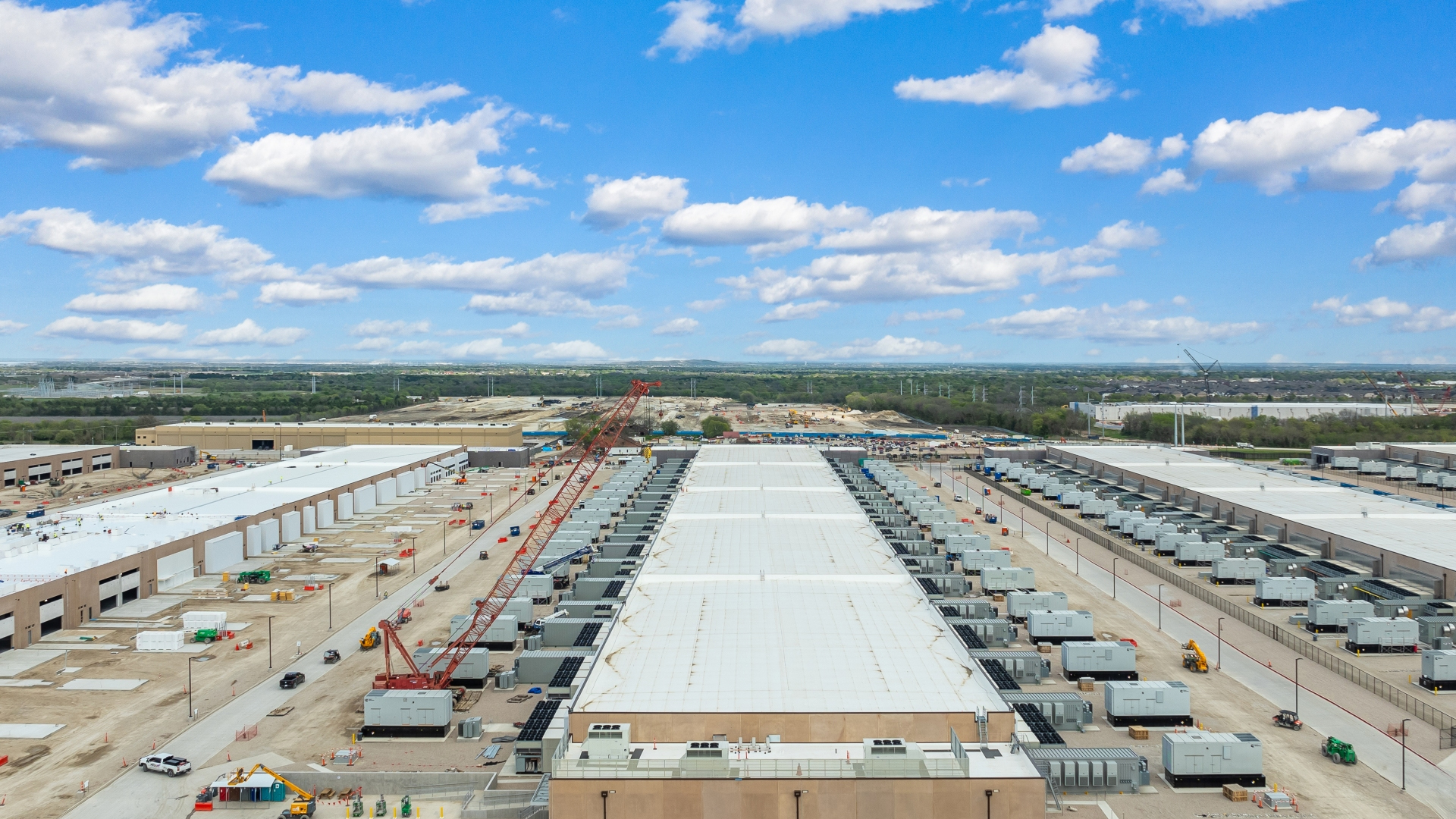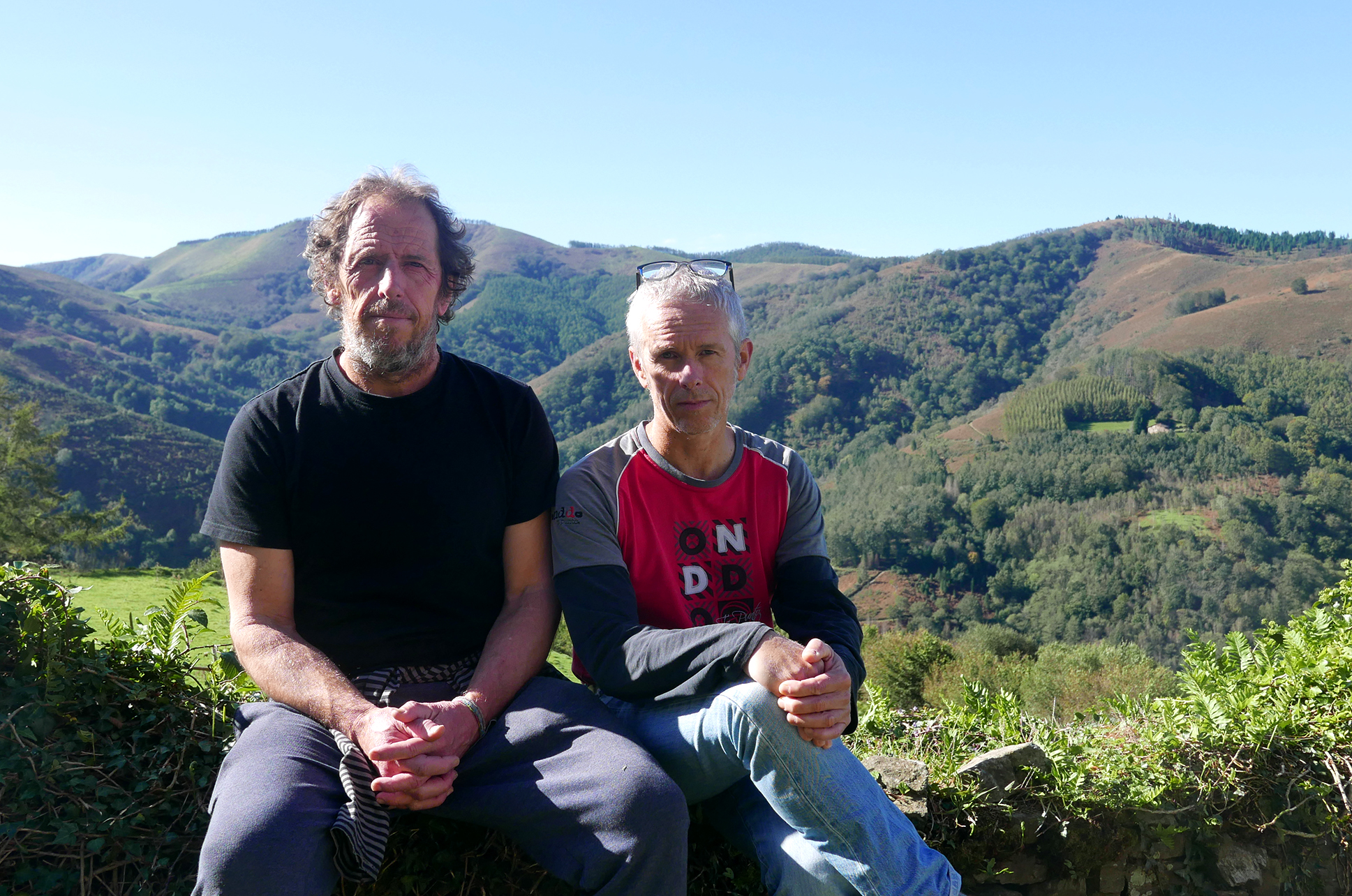Nuclear fusion, which is not an achievement: forget impossible dreams
- You may remember [Il Fatto is the Italian readers of the Quotidiano newspaper] a sketch of "Il Troncio della Val Clavicola" by Ugo Tognazzi and Raimondo Vianello that you can easily find on the Internet. It tells the story of an artisan who, through the maturation of the whole trunk of a tree, finally gets a single cane for the molars. History looks like the latest predictions of nuclear fusion. They've managed to create a small amount of energy using a feeding machine: squandering a trunk, a txotx.

Nuclear fusion has a long history full of high hopes and great disillusions. In 1954, US Atomic Energy Commission Chairman Lewis Strauss stated that one day nuclear fusion energy would be so cheap that it would not even be worth charging users (“too cheap to meter” to be able to measure too cheap). Almost seventy years later we can say that it was one of the worst predictions in history. Nuclear fusion energy is not only economic but also does not exist as useful energy.
Unlike nuclear fission, which generates energy for better or worse under controlled conditions (and can cause great damage as a weapon), controlled fusion remains one of those immediate illusions that move away as they approach. Many methods have been proposed over the years to achieve this, some exotic, some complicated, some misleading, such as "cold fusion". And they were all expensive. For a century, no one has been able to find anything that works in practice.
And so what is this announcement about the "historic progress" that has taken place in the nuclear fusion that has opened these days from Lawrence Livermore's lab? We have been told that an experimental fusion facility has for the first time managed to generate more energy than is necessary to initiate the reaction. Let us say that this is partly true: it is true that only if we take account of the energy balance of the merger itself, but it is not true if we take account of the inevitable energy losses of the system.
In short, "historic progress" does not imply any progress. There is nothing new in the technology used: It is always the same "inertial confinement" created in the 1950s. Since then, many details have been improved and larger and more powerful equipment has been built. But we are far from practical use. The researchers themselves have pointed out that it will take “another 10 years.” Some speak of 20 years and others of 50 years. This is the magnificent example of what we call “throwing numbers in sight” [“Lotto Dare i numeri”, in Italian].
Imagine a sawmill that makes toothpicks with tree trunks to represent the situation. Imagine that after 70 years of work, this sawmill has finally created a single txotx of a whole oak log. Is it a success? Perhaps yes, but perhaps the approach is not entirely correct.
Unfortunately, propaganda makes the most useless a success. We talk about science as if it was a circus show (vine, ladies, come and see the woman who has two heads! ) and not only in the field of nuclear energy, but in almost all areas, also in medicine. The problem is that people believe, and so many people have taken the news of nuclear fusion seriously. And you've read countless nonsense in the press, we're not going to go into detail.

It is always the same: we seek as crazy something that magically solves our problems, an energy “as cheap as it is not worth making it pay.” A good dream, but dreams do not come true because they believe they are true, as in the story of the Cinderella. Controlled nuclear fusion will be the most unlikely dream we can dream of energy. It is expensive and complex, requires many foreign materials and it is not true that they do not generate radioactive waste (even if it is published in newspapers). And finally, it's also not true that fusion fuel, hydrogen, is abundant. In the current versions it needs a hydrogen isotope called "tritium", which is not found in the soil, but has to be formed from a lithium isotope and lithium is scarce in the soil.
At the forefront of everything, if we take fusion as a way to generate energy, it's a pretty abrupt path. However, it may have military applications, but that is something else.
So is it not better to settle for the fusion reactor we already have, the Sun? It produces enough energy to meet our needs and we don't pay for it: it comes free from the sky. What else can we ask for? Let's move forward with solar energy and unforgettable dreams.
This article from the chemical and climate expert Ugo Bardi has been translated into Basque from the newspaper Il Fatto Quotidiano. In the Larrun supplement by Bardik ARGIA "Peak civilisation": What can sink us like the Roman Empire?" He published it.
The Centre Tricontinental has described the historical resistance of the Congolese in the dossier The Congolese Fight for Their Own Wealth (the Congolese people struggle for their wealth) (July 2024, No. 77). During the colonialism, the panic among the peasants by the Force... [+]
The update of the Navarra Energy Plan goes unnoticed. The Government of Navarre made this public and, at the end of the period for the submission of claims, no government official has explained to us what their proposals are to the citizens.
The reading of the documentation... [+]
Environmental activist Mikel Álvarez has produced an exhaustive critical report on the wind macro-power plants that Repsol and Endesa intend to build in the vicinity of Arano and Hernani of the region. In his opinion, this is "the largest infrastructure of this kind that is... [+]
Recently we have had other arguments to convince us of the need for macro-projects in the surroundings of Euskal Herria. An example of this was the article published on the website of the EHNE of Bizkaia to one of the participants of the Ecosocial Jump initiative: "For... [+]
On 3 September the Official Bulletin of Navarre published the announcement by the Government of Navarre announcing the update of the Navarre Energy Plan. This should be an important step for the future of our community, taking into account the importance of energy and its use... [+]
I don't know if we're hit by heat waves anymore, if it's a normal hypocrisy or a systemic logic, but the gap between what we know, what we say and what we do, beyond concern, surprises me, especially in a summer environment. News, research, social media interactions… constitute a... [+]



















